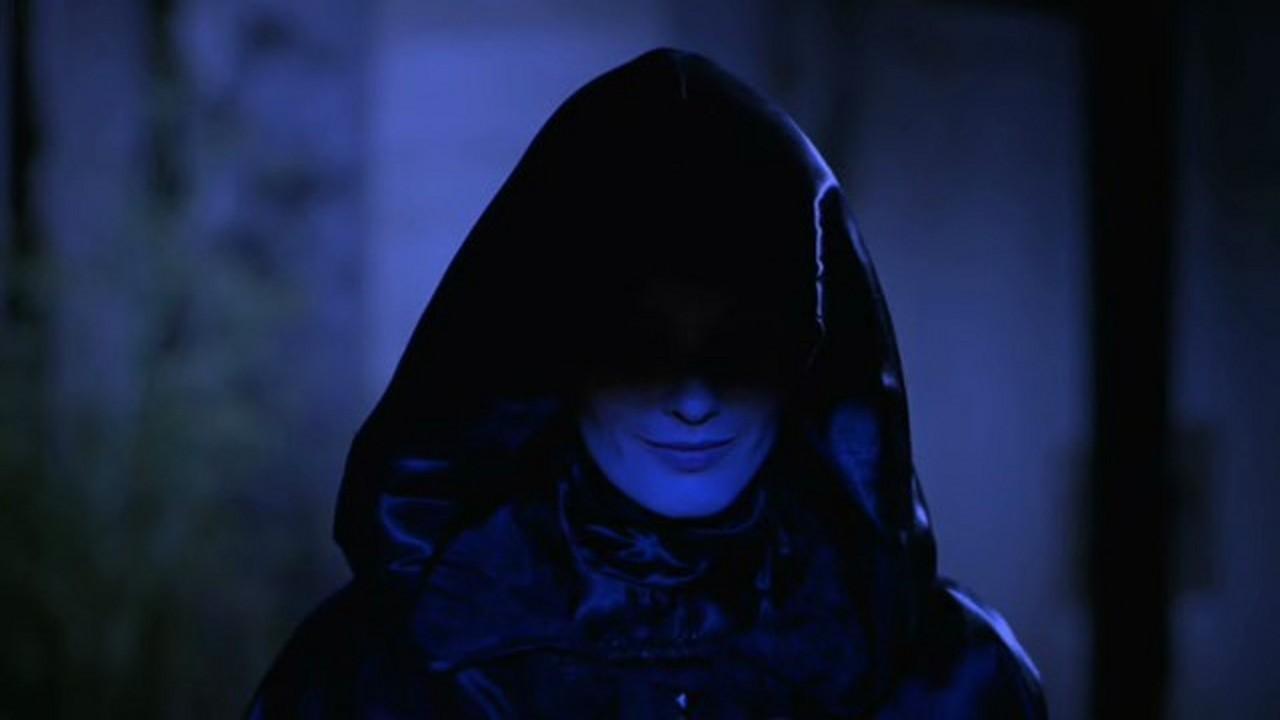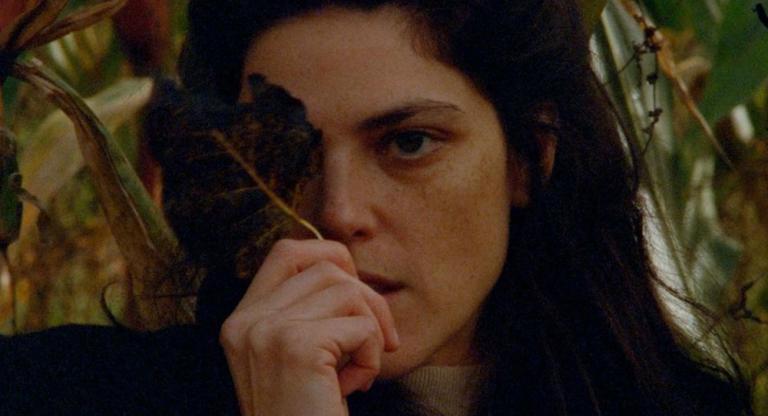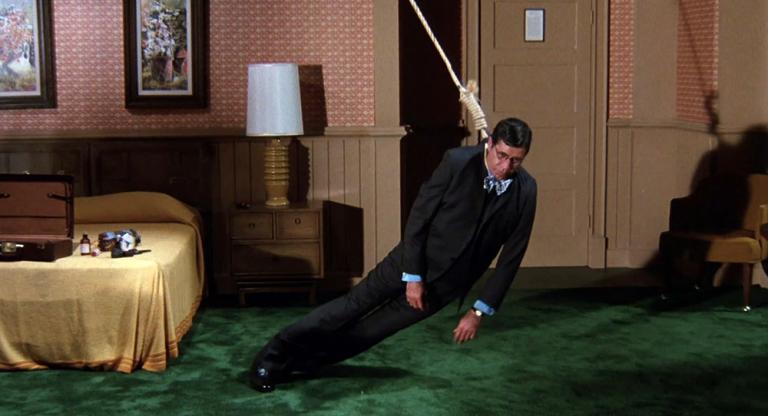Blonde, freckle-faced 13-year-old Lila Lee is known as the “Singing Angel” at the church where she is first revealed soloing before the congregation in a virginal white gown. Lila is protected from the evil influence of her “gangster” father, who has been on the run since murdering her adulterous mother, and any real exposure to the sinful adult world by her adoptive father, the local reverend—a man seen shakily castigating Lila for the “unseemly display of affection” of an ordinary hug before turning to the tantalizing pages of the Song of Solomon. The clergyman is the first of many adult men in Lemora: A Child’s Tale of the Supernatural (1973) who, without exception, lust openly for the angelic child in her Pollyanna pigtails. Called to her ailing father’s bedside in a remote town with the distinctly Lovecraftian name Asteroth, Lila Lee embarks on a precipitous descent into the forever-night of Lemora’s lair, full of lunging, animalistic sufferers of an unnamed plague; impossibly pale and vacant-eyed children; and vampires, presided over by the beautiful bouffant-ed lady.
Or does she? Much of what takes place following Lila’s midnight bus ride echoes children’s fairy tales, from being locked away in a stone house and harassed by a haggard old woman to the imps and ghouls emerging from the unfamiliar woods and the princess treatment Lila eventually receives from her captor. The film’s limited budget and dramatically stylized lighting, reminiscent of Argento, lends its few locations a haunted hayride aura, rich with the chiaroscuro, good-vs.-evil figurations of a young person’s nightmares. Beyond Lemora’s flock of child-zombies, Asteroth is populated by adults whose motives are mysterious, if sinister—and sexual—without exception. Lemora herself fawns and frets over Lila; she is a mother figure who combines both the promise of affection and the threat of moral corruption of Lila’s actual, absent parents, known to her mostly as faint memories from her toddler years and via the newspaper headlines proclaiming their scandalous deeds.
Lemora recalls Jaromil Jireš’s Valerie and Her Week of Wonders (1970) in its exploration of the young lead’s blossoming sexuality through fantastical creatures, the simultaneous desire for and detestation of adult attention, and a circular structure that leaves the reality of the film’s happenings in question. They are also similarly critical of organized religion, rife with lecherous men of the cloth and rites of pagan and heretical origin. These anti-religious themes are introduced most potently in Lemora’s promises of a “gift of eternal life.” Lemora’s stunning, slow-motion conclusion, in which Lila symbolically reclaims her sexuality from both the strictures of her faith and of her threatening fathers, powerfully hammers a stake into the hypocritical heart of her upbringing. The film is a singularly disquieting genre outing from one-time director Richard Blackburn, best known as co-writer of Eating Raoul (1982), of which Roger Ebert wrote, “It doesn't reach for the truly unacceptable excesses”; with Lemora, Blackburn comes a little bit closer to that lofty goal.
Lemora: A Child’s Tale of the Supernatural screens tomorrow, October 19, and on October 28, at Anthology Film Archives on 16mm as part of the series “H.P. Lovecraft.” The latter screening will be followed by a conversation between the director, Richard Blackburn, and the filmmaker Owen Kline.



